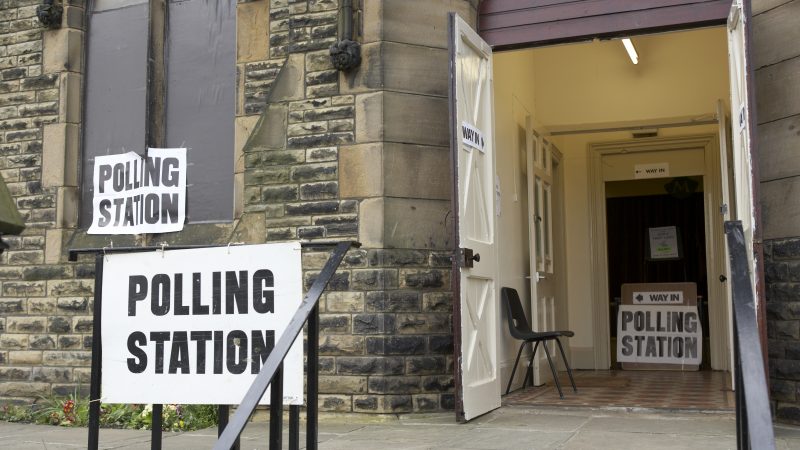
Voters across England are heading to the polls today for the 2023 local elections, in one of the biggest tests yet of Labour’s progress under leader Keir Starmer.
According to the Local Government Information Unit (LGiU), a total of 230 councils in England have elections this year, alongside four mayors in Bedford, Leicester, Mansfield and Middlesbrough. Elections are taking place in every region of England apart from London.
Some 130 councils are electing the whole council, with the majority of these seats last up for grabs in 2019. The remaining 100 councils are electing a third of their councillors this time round.
Tories starting from low baseline
LGiU chief executive Jonathan Carr-West highlighted in his pre-election briefing that the Conservatives did “very badly” in the local elections in 2019 – which were contested during the “turbulent time” towards the end of Theresa May’s premiership – with the party losing 1,300 seats and 44 councils. “This year’s elections need to be seen in this context,” Carr-West wrote.
“After the chaos of the last year and with Labour substantially ahead in the polls, there’s a general expectation, mirrored in many local administrations, that the Conservatives will do badly. But to do badly from this base would be to do very badly indeed. So, conversely, it could go better than many anticipate, and this in turn creates a pressure of expectation on opposition parties.”
Nevertheless, the Tories have been managing expectations for the results for weeks, claiming that they could lose as many as 1,000 councillors. Labour also had a disappointing set of results at the 2019 locals, losing 84 councillors and six councils. In expectation management of his own, Keir Starmer told the Observer over the weekend that if Labour gains 400 seats this year, it will represent good progress.
Labour need at least 450 seats to improve on last year
Pollsters Rallings and Thrasher have given their own verdict on what good and bad performances would look like for the parties. According to their analysis, 450 Labour gains would be little improvement on 2022. More than 700 gains would see the party achieve its best results for more than a decade, while less than 150 would mean the party is going backwards. On the Conservative side, Rallings and Thrasher concluded that more than a 1,000 losses would be a bad night for the party, while 750 losses would be better than current polls and 500 would represent “mid-term blues”.
LabourList will be covering the results throughout the night tonight and over the coming days, bringing you all the latest updates including an early-morning and extra evening email on Friday.
We have a handy rundown here of which council results are expected at approximately what time to help you plan your viewing schedule. And if you’re keen for more number-crunching of what a good set of results for Labour would look like, do check out national executive committee member Luke Akehurst’s essential annual analysis.




More from LabourList
Lord Hayward: Disappointing May elections could decide Keir Starmer’s fate
LabourList Christmas quiz 2025 round 5: factions and unions picture round
LabourList Christmas quiz 2025 round 4: Christmas Connects